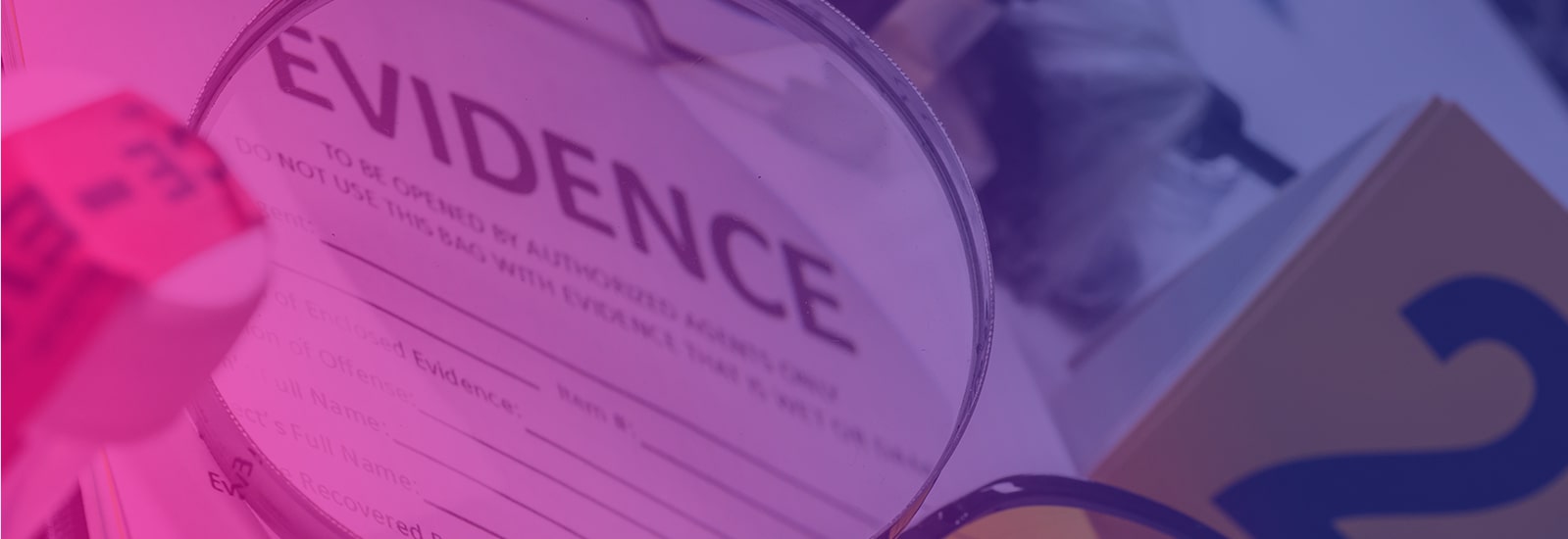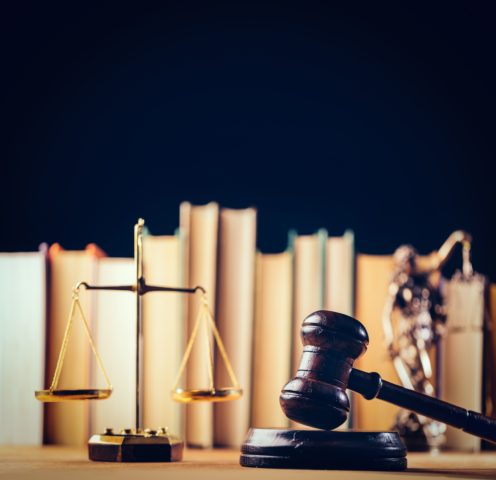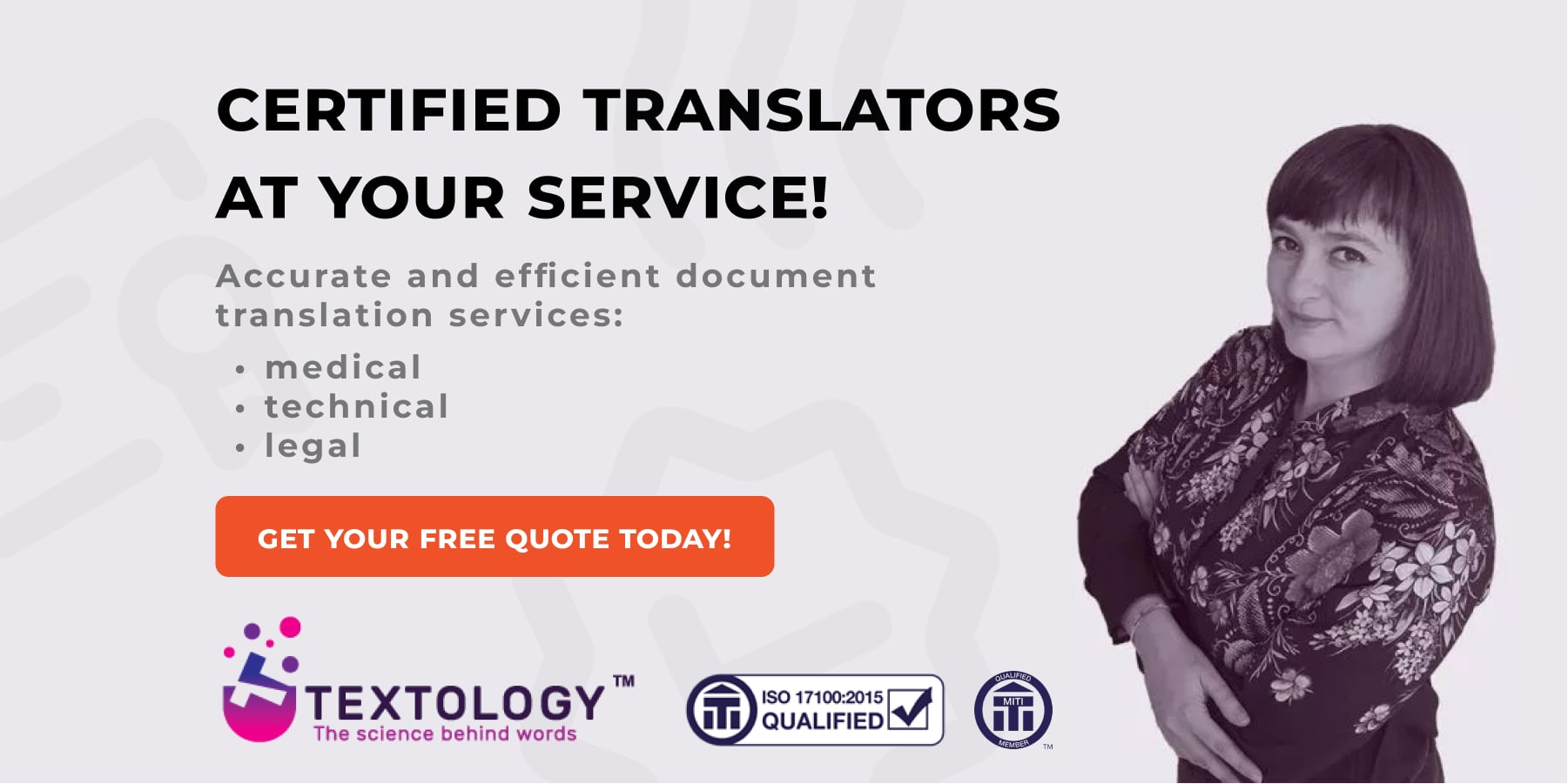
My interest in forensic translation began when I was first looking at all the different specialisations open to translators, and started doing some academic research on legal translation in a criminal context. This was how I discovered a specialism called forensic linguistics and started thinking about how this discipline might be applied to the industry more broadly.
Definition and practice
Dr John Olsson of the Forensic Linguistics Institute describes forensic linguistics as ‘the interface between language, crime and law, where law includes law enforcement, judicial matters, legislation, disputes or proceedings in law, and even disputes which only potentially involve some infraction of the law or some necessity to seek a legal remedy.’ In short, it is a discipline analysing language-based evidence that might help to solve a crime or legal disagreement. It might also come up in business: for instance, commercial agreements in which there is a possible dispute over the meaning of a particular sentence or part of a sentence.
When it comes to a criminal context, the forensic language analyst investigates almost as a police detective would. They look through the habitual use of specific words, their order, grammar and/or the overall syntax of the content in question. In this way it may be possible to find out whether the messages that claim to be a victim’s letters, for example, are authentic documents or clever fakes.
Forensic translation is part of this field. Since forensic linguistics combines an analysis of written and oral evidence, there are plenty of times when evidence that is not written in English has to be submitted to a court. Forensic translation comes in here. It can be defined as an application of pragmatic translation models to foreign written evidence. This means that forensic translation focuses on translating the non-English court evidence as accurately and faithfully as possible, without compromising on important facts which can be used in a criminal or civil trial.
In order for forensic translation to be useful during criminal or civil cases there are specific rules for analysing the source content. They are combined in a three-stage functional model called a ‘forensic analysis model’. This includes an analysis of details that could have an impact on the outcome of the trial.
For instance, if a witness is specifying the time when describing a particular event and they say:
‘I saw this man at around 6.00 at the station’, and the police detective fails to ask additional questions regarding the time during the investigation, a forensic translator will not know which part of the day the event took place. Was it at 6.00am or 6.00pm?
Or, for example, take the backtranslation of a Polish witness statement where the description of an event has been written down without Polish diacritics. Someone might say that this is not important as the Polish reader will understand it, but this is not quite true. If the writer leaves these elements out it can lead to a misunderstanding of the Polish content and consequently the translation into English may turn out to be inaccurate: lek (medicine) instead of lęk (fear), for example.
There are different skills involved when a forensic linguist needs to transcribe an audio recording or translate a written statement. These involve listening to the recording in detail – usually to the same part several times – analysing it in detail and, if translating, producing an++ accurate translation. Normally, a client will provide the full audio recording and ask for the foreignlanguage transcription first, with time codes, and then the translation into English. This work is very time-consuming and challenging, because the audio quality may be poor, the conversation might not be loud enough, and there may be a lot of background noise getting in the way of hearing the conversation clearly.

A translation field of its own
At first glance one might think that forensic translation was almost exactly the same as legal translation, but there are some crucial differences between them.
One big distinction is that legal translation includes documents that cover any legal context such as legal resolutions, agreements, injury claims and so on – but not every legal translation is submitted to court. Forensic translation, on the other hand, focuses on any medical or legal documents that are part of the judicial documentation in criminal proceedings. For instance, toxicology reports; post-mortem reports; witness statements provided in writing; psychological and psychiatric reports; text messages, letters or emails left by a victim or missing person; and audio-recorded witness statements also provided in writing. There are also other types of content such as suicide notes or threatening letters.
Find out more about the medical translation service we offer.
Guilty, or not guilty?
These documents may be treated in court as translation-based evidence. There is also the possibility that the forensic translator will need to explain to the court decisions they made during the translation process.
When there is a dispute over the quality of the translation-based evidence or there are doubts regarding a specific part of such evidence, a forensic translator might be called as an expert witness to the court. That may be because the court wants to question the faithfulness and correctness of the translation that has been produced in evidence and its value to the particular criminal case. In that situation the forensic translator will need to prove that the translation submitted is a faithful and accurate interpretation of the source document. They will give their expert opinion, and this is also written in a report, which is a legal tool that can be used during their cross-examination in the courtroom, where they may have to defend their professional judgement. Situations like this do not happen very often, but some people do not realise that they happen at all, and are not prepared for an experience which can be quite emotionally as well as professionally difficult.
There are other challenges too because of the type of work that forensic translation involves. One, obviously, is the complexity of the material: we can be called upon to translate complex medico-legal jargon and specialised terminology in toxicology or post-mortem reports. There is an emotional and psychological component too. Forensic translators may well have to deal with detailed and graphic descriptions of crimes such as rape, murder and child abuse; and we have to focus on these in great detail. We may have to learn distressing, intimate details of someone’s private life through messages they never intended anyone else to read. And at the same time we are of course bound by confidentiality clauses that mean we cannot talk about this to anyone else. Forensic translators are not unique in this – interpreters dealing with victims of crime or torture are in a similar situation but it is still very hard to deal with.
A growing demand
Is there a future for forensic translation? Yes, there certainly is, and since it combines both medical and legal areas, I feel that people should be more aware of this field, and it should be more widely promoted as an option. In fact, the significance of forensic translation is growing in the translation industry, so we may soon see new solutions and research findings that advance the field even further.
This article was published in ITI Bulletin September-October 2019
At Textology we provide professional document translation services from many fields. Check out all kinds of specialised translations from one of the languages of the European Union into Polish or English.

